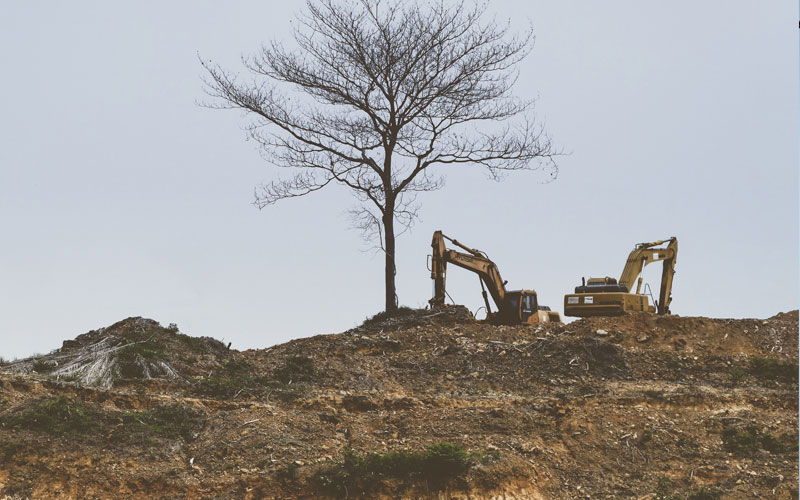
Gantry Cranes – bridge or overhead cranes
Posted on February 10, 2024 at 6:24 pm
Gantry cranes are also known by other names such as portal, bridge or overhead cranes though they are all slightly different. As the name suggests, a gantry/portal crane is one that is built on top of a gantry. The gantry typically straddles a workspace or any object. Whereas gantries are usually wheeled to the work location, overhead cranes are fixed at specific locations that may include the roofs of buildings or walls. A gantry crane, alternately, may consist of a movable hoist, which by itself runs along a beam or rail. Some of the different types of gantries are briefly described below.
Portable gantries help to reach out to all corners of a building or workspace, to move or lift material, pull equipment and heavy machinery, and also in the disassembly of equipment for transport in service trucks. Adjustable gantries come with adjustable span height and tread. These are used on uneven floors and through aisles and doorways. For movement in a fixed route, track mounted gantries are used. Gantries that can be relocated are used for hire purposes as much as for those types of workspaces where the workflow tends to undergo frequent changes. Some of these cranes also take the form of container cranes mainly employed in container terminals. These gantries have the gantry rails and the supporting beam cantilevered in a manner that helps them to lift the containers from the quay and place them on a ship.
Modern industrial gantry cranes are designed to lift very heavy loads of thousands of metric tonnes. They come in various sizes and versatile models, designed to lift very heavy to very small loads (as in an automobile assembly shop). The basic types of gantries involve the use of manual hoisting systems such as specialized pulleys. An operator performs the lifting work from controls that are located on the side or through remote systems. Large gantries are designed to have crossbeams that span over a hundred feet.
Gantry cranes are usually built of sturdy steel or light-weight aluminium depending on the application for which they are going to be used. The lightweight portable aluminium gantries are used to transport stuff among different job locations. The fixed gantries are made of more sturdy material and are used to lift/transport heavier equipment. Gantries are fixed with nuts and bolts that are corrosion resistant, and those for outdoor use stainless steel motors and weather resistant coatings.
Modern gantries are designed to consume less power and have an accurate steering capability. They are constructed to provide high performance while simultaneously consuming less amounts of power. The operating costs are also designed to be low.
Gantries are used in shipyards and ports as well as many different industries that include mining, manufacturing, pulp and paper, petrochemical steel and nuclear among others. To improve productivity and safety of operations that involve the use of gantries it is essential that they should be regularly inspected and preventive maintenance exercise conducted. Personnel who operate gantries must be formally and adequately trained to prevent harm to both people working in the vicinity of these cranes as well as plant and equipment.
Posted in Construction